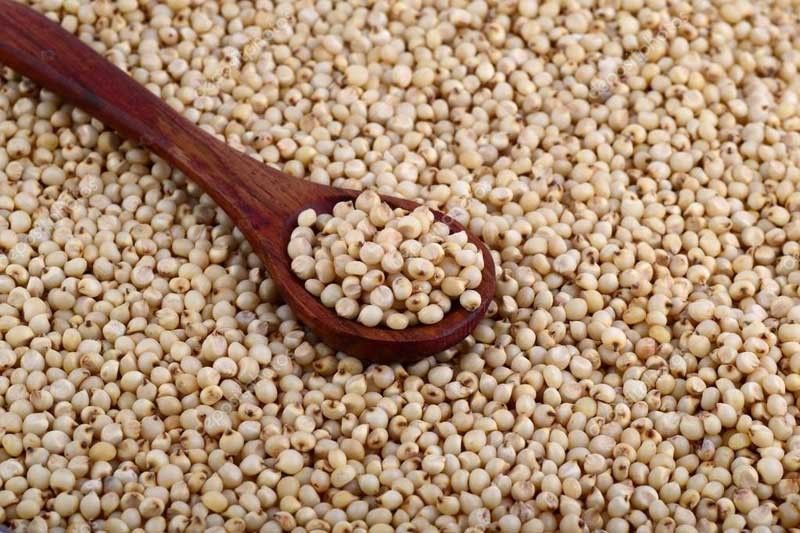Sweet sorghum eyed as alternative animal feed

MANILA, Philippines — The Department of Agriculture (DA) wants to propagate sweet sorghum, a grain crop used as raw material for feeds, amid tight supply of corn in the country.
Agriculture Secretary Emmanuel Piñol said the DA would push for the propagation of sorghum to supplement yellow corn needed for poultry and livestock feeds.
“The sorghum production program will be focused mainly on indigenous people’s ancestral domain areas because it could be easily grown in poor soil,” Piñol said.
“The rapid growth of the poultry and livestock industries has increased demand for yellow corn, pushing prices up,” he added.
While sorghum is not widely known in the Philippines, it is the world’s fifth largest grain crop, next to rice, corn, wheat, and barley. Among the leading producers are Nigeria, India, China, Mexico and the US.
According to the agri chief, sorghum has a good potential since it undergoes ratoon cropping, a practice of growing a crop from the stubbles of previous crop without replanting.
“Just like corn, sorghum is protein-rich and feed millers said they are interested in engaging farmers who will grow the crop,” he said.
Under the planned program, the DA Special Area for Agricultural Development (SAAD) will be the lead agency which will distribute seeds and fertilizers to IP farmers.
Sorghum is primarily promoted as a major source of bioethanol but it can also serve as human food, livestock feed and forage, and organic fertilizers.
Studies show that the feed value of sorghum grain is similar to corn, making it a good source of energy and protein for feeds for poultry and cattle.
Several years ago, the private sector planned to pilot test sorghum to lower feed cost and eventually raise the income of farmers.
The development of sweet sorghum grains as complementary to corn grains as feed raw material is seen to boost the local poultry and livestock sectors’ competitiveness through cost reduction.
The Philippines still imports a significant percentage of corn feed and feed wheat as local production of corn is still not enough.
Local corn production is on a downward trend, declining by 16 percent in the third quarter to 2.18 million metric tons.
Harvest area may also contract by 11 percent to 784,000 hectares and yield may decline to 2.78 MT per hectare from 2.93 MT per hectare last year.
Cagayan Valley may see the largest drop in corn production due to the decline in harvest area and less occurrence of rainfall during the planting period.
Corn production is expected to bounce back in the fourth quarter in anticipation of good weather conditions and the government intervention on seed subsidy.
- Latest




























